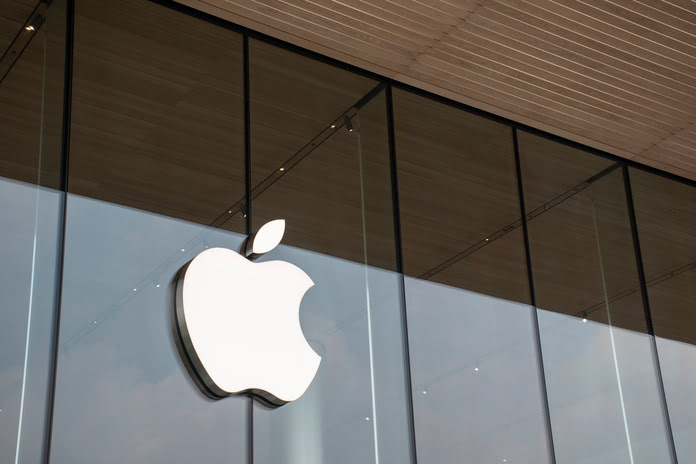Apple (NASDAQ:AAPL) stock has witnessed a notable journey over recent years, emerging as the top performer among FAANG stocks in 2019 and 2020. Despite reclaiming its title in 2022 amidst market turbulence, Apple has faced challenges, notably trailing behind its FAANG counterparts in 2023 and enduring a downturn in the current year. With its shares currently hovering near their lowest point since October and approaching 52-week lows, investors are left pondering: why is Apple stock declining, and should they consider buying during this downturn?
Why is Apple Stock Falling?
Several factors contribute to Apple’s recent stock decline and underperformance relative to its Big Tech peers:
Stagnant Sales: Apple experienced a year-over-year decline in sales across all four quarters of the previous fiscal year, marking the first annual revenue decrease since fiscal 2019.
China Slowdown: The ongoing economic deceleration in China has impacted sales for companies heavily reliant on revenue from the region, including Apple.
U.S.-China Tensions: Concerns over potential escalations in U.S.-China tensions, particularly with the prospect of a change in U.S. administration, add further pressure to companies like Apple with significant manufacturing ties to China.
Lack of New Growth Initiatives: The absence of groundbreaking product launches since the AirPods in 2016 leaves Apple without a clear catalyst for significant growth, despite efforts such as the Vision Pro headset.
Limited iPhone Innovation: While Apple has diversified its revenue streams, its reliance on iPhone sales persists, with newer iterations lacking significant innovation to drive substantial consumer upgrade cycles.
Regulatory Challenges: Antitrust scrutiny, particularly in the EU, poses ongoing challenges for Apple, with recent fines and investigations affecting its high-margin Services business.
Even Warren Buffett’s Berkshire Hathaway took note of Apple’s challenges, divesting some shares in Q4.
Is Buying the Dip in Apple Stock Advisable?
While Apple’s valuation metrics have adjusted, with a forward price-to-earnings (PE) multiple around 25.7x, its relative position among industry peers suggests potential value. Notably, Meta Platforms (NASDAQ:META), historically trading at a discount, now shares similar multiples.
Despite these metrics, Apple must address its stagnant growth trajectory. Efforts to enhance efficiency and innovation, particularly in AI, may present opportunities for revitalization. Speculation surrounding potential announcements at the Worldwide Developers Conference (WWDC), such as iOS 18 with AI capabilities, underscores Apple’s potential to leverage innovation.
Ultimately, Apple’s ability to reignite revenue and profitability growth, potentially through significant iPhone upgrades, will dictate its future trajectory. Given Apple’s historical track record in innovation, there is optimism for its ability to navigate current challenges and emerge stronger. Therefore, buying the dip may be justified given the company’s reasonable valuations and potential for future growth.
Featured Image: Unsplash









